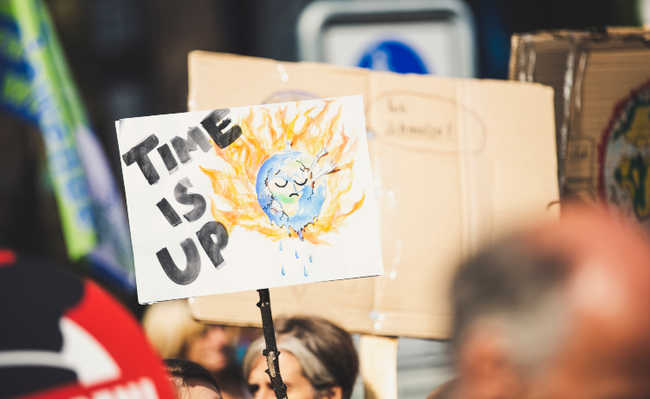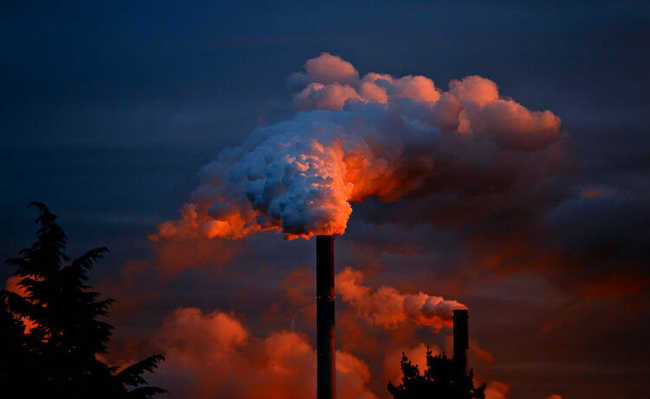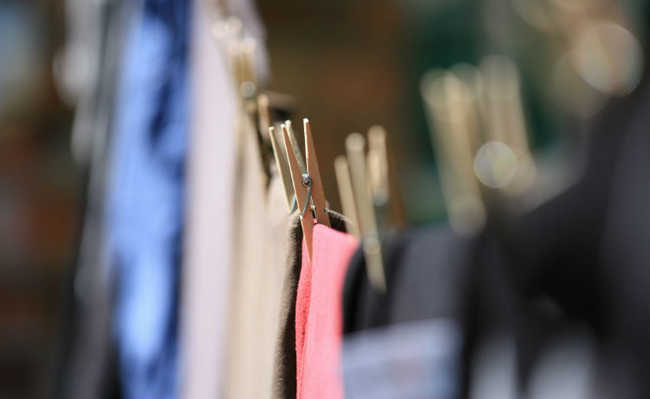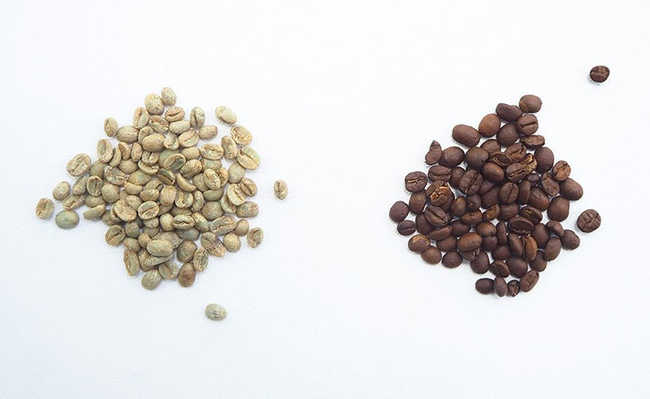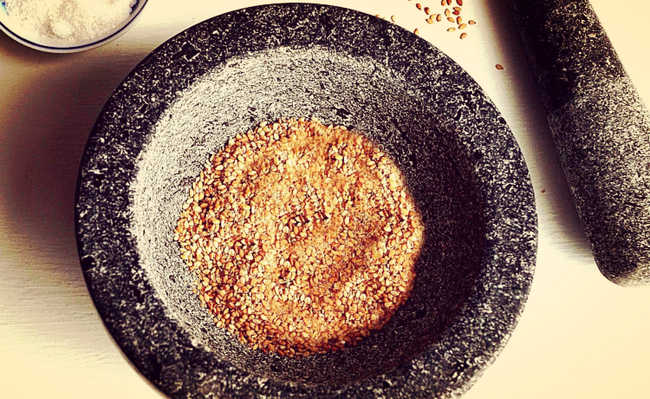Excessive alcohol consumption at nightclubs exposes men and women to different risks
While they are more likely to use illicit drugs and to drive while intoxicated, they are at greater risk of alcohol overdose and sexual abuse, according to a survey conducted at Unifesp

A survey carried out with 2,422 young people who frequent “clubs” in the city of São Paulo revealed that the prevalence of alcohol abuse in this population is 43.4% – a rate much higher than that observed in the Brazilian population as a whole: 18.4% .
On the day they were interviewed, 30% of the “nightclubs” left the club with an alcohol level that fits the call. binge drinking (at least four doses for women and five for men within a period of approximately two hours), a risk consumption pattern associated in several studies with a higher occurrence of sexual abuse, suicide attempts, unprotected sex, unwanted pregnancy, heart attack, overdose alcoholic, falls and other health problems.
The research was coordinated by Zila Sanchez, professor at the Department of Preventive Medicine at the Escola Paulista de Medicina (EPM), Federal University of São Paulo (Unifesp), and was supported by the Foundation for Research Support of the State of São Paulo (Fapesp) .
“The results indicate that men and women are exposed to different risks when they leave the club intoxicated. While they are more likely to use illicit drugs and drive while intoxicated, they tend to continue drinking and are at higher risk of alcohol overdose,” said Sanchez.
“We also observe that, in the case of women, excessive drinking triples the possibility of suffering sexual abuse in establishments”, she said.
The interviews were conducted with young people between 21 and 25 years old – 60% men and 40% women – who agreed to participate with the guarantee of anonymity. Participants were approached in 31 establishments in the city of São Paulo, located in different neighborhoods and aimed at different social classes and musical styles.
“We seek to compose a representative sample of the city's ballads. We contacted the owners or managers and asked for authorization to collect data. brothels and houses of swing were not included, as our focus was on places where people go to dance,” said Sanchez.
Each establishment was visited by a team of eight researchers in uniform - six dedicated to interviewing volunteers and two to observing environmental factors that could influence alcohol consumption, such as temperature, humidity, lighting, sound pressure, number of tables and dance floors and promotions for the sale of alcohol.
The first interview was made while in the entry queue. Volunteers answered questions about their sociodemographic profile (age, profession, education, income), the practice of “heating up” pre-club (location, type of drink consumed, frequency, expenses), the conventional pattern of alcohol use (during life is recent) and experimentation with other drugs throughout life. Then, they underwent the breathalyzer test and were given a numbered wristband for identification.
At the end of the night, the breathalyzer test was repeated with the same participants, who also reported the amount of alcohol consumed and the money spent in the establishment. The next day, respondents received in their email a link to a new questionnaire, in which they had to report what they did after leaving the club.
Of the 1,222 volunteers who completed the three rounds of questions, 10% said they did not remember what they did after leaving the club. “Many said they had sex, but they didn't know with whom. Either waking up in a strange place or not remembering how they got home. This is very worrying”, said the researcher.
According to Sanchez, the sale of beverages in the system open bar – in which a fixed amount is paid and consumption is freed – was the main environmental factor associated with poisoning. “This increased not only the consumption of alcohol, as expected, but also the consumption of illicit drugs. in ballads open bar, the probability of having ecstasy [methylenedioxymethamphetamine], marijuana, cocaine and even ketamine, an anesthetic for horses with hallucinogenic effect, is up to 12 times greater,” he said.
Sound pressure and musical style also influenced the pattern of alcohol consumption of the patrons. According to the results, the louder the ambient sound, the greater the possibility that the partygoers would leave the establishment intoxicated. In houses specializing in electronic music or hip hop, the consumption of alcohol associated with illicit drugs was more prevalent. On the other hand, cases of alcohol intoxication were much less frequent in houses specializing in forró or zouk, places where the focus of the regulars seems to be, in fact, dancing.
In LGBT clubs (lesbians, gays, bisexuals and transsexuals), particularly in establishments aimed at the male audience, the researchers' attention was drawn to the higher prevalence of ketamine use and unprotected sex – even with free condoms being offered in the places.
The survey also showed that, in general, the pre-ballad “warm up” is more common among men, who arrived at the nightclub with higher alcohol levels. At the exit, however, the women presented equivalent dosages, which indicates a greater female consumption within the establishment.
“We initially had the hypothesis that the goal of the heat was to save, reducing the purchase of drinks inside the club. But in reality, those who arrived at the establishment with high levels of alcohol ended up drinking more than others. Therefore, they are individuals who have a pattern of drinking more and, consequently, spending more”, said the researcher.
with an eye on profit
In parallel to the epidemiological survey, the Unifesp group carried out a qualitative study with approximately 30 owners or managers of the establishments included in the research, data presented in Claudia Carlini's doctoral thesis, with a FAPESP grant.
According to Sanchez, many admitted the sale of adulterated beverages as a strategy to increase profit, especially in places that adopt the model open bar. Some interviewees reported purposely decreasing the power of the air conditioning in order to raise the room temperature and, thus, encourage the consumption of alcohol by those attending. However, the results of the epidemiological research did not indicate temperature as a factor influencing consumption.
Although most claimed not to approve the sale or use of illicit drugs in their establishments, they admitted not to curb the practice carried out clandestinely for fear of scaring off customers and having reduced profits.
“When we started the research, we thought about using the data to design intervention strategies that could be applied in these establishments to reduce alcohol abuse. However, the qualitative study showed that this type of measure is hardly viable. The owners are not open to interventions that could compromise their monthly billing”, evaluated Sanchez.
For the researcher, only public policies could alleviate the problem. One proposal would be to combat the sale of alcohol in the model open bar and other promotions that make the drink very cheap. “Another interesting measure would be to prohibit the sale to people who already show signs of intoxication, such as thick speech and red eyes. This is already done in several countries. The idea is not to extinguish consumption, but to ensure that people leave the establishments in safer conditions”, he said.
Intervention model
The 1,222 clubbers who answered the three-stage questionnaire were invited to participate in an online intervention inspired by a model developed in Australia to reduce the practice of binge drinking among university students. Of these, 1,057 agreed to participate in the intervention and 465 completed the study and were followed over 12 months.
Participants were randomly divided into two groups. The half considered as the control group only answered some questions about patterns of alcohol consumption. The others, in addition to the questionnaire, received at the end a screen with a set of information such as how much the person spent per year on drinks, what kind of things they could buy with that money and in what risk range they fall (light use, moderate, heavy or dependence).
"This intervention screen aims to show the individual if he is outside the consumption pattern for his age group and outside a consumption profile considered safe," explained the researcher.
According to Sanchez, the results of that particular study were unclear. Among young people who were in the heavy consumption ranges, a reduction was observed over the 12 months in both the control group and the group that received the intervention. Among those who drank little, there was an increase in consumption during the analyzed period – also in both groups.
“There are several hypotheses to explain this outcome, including the existence of a statistical bias. But, from the point of view of public health, the data reinforce the idea that this type of intervention should only be done with those who actually drink to excess, otherwise it could even be harmful”, said Sanchez.
The research began in 2012 and also involved the participation of master's student Mariana Guedes Ribeiro Santos and scientific initiation scholarship holders Raissa Reis dos Santos, Karen Jennings Ribeiro, Miguel Rodolpho Benjamin and Yago Carvalho Baldin.
More information about the project and its results can be found on the website: www.baladacomciencia.com.br.
References: PLoS One, International Journal of Drug Policy, Alcohol and Alcoholism, Alcoholism: Clinical And Experimental Research, The American Journal of Drug and Alcohol Abuse, sexual health, Drug and Alcohol Review, Journal of Public Health.
Source: Karina Toledo, from FAPESP Agency





